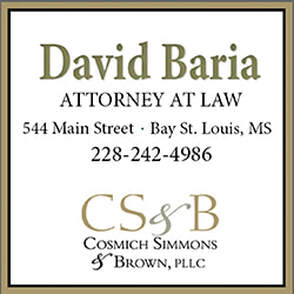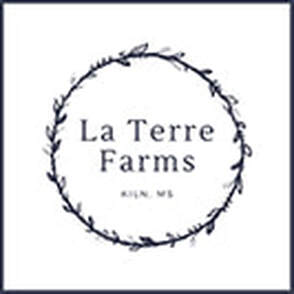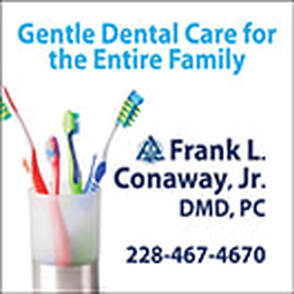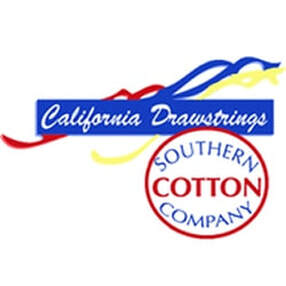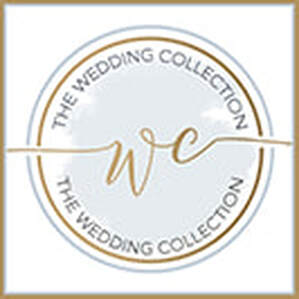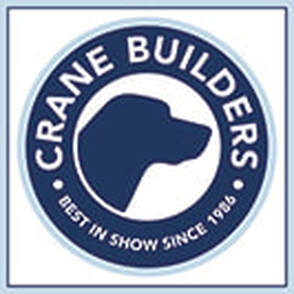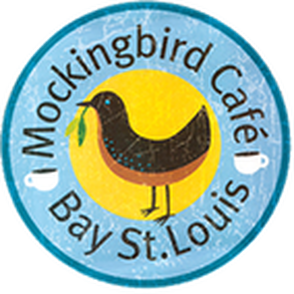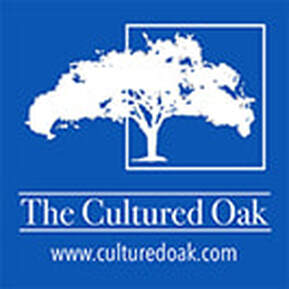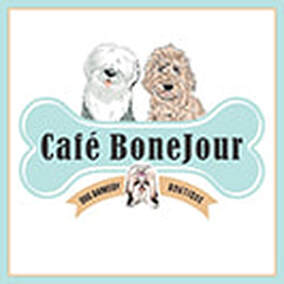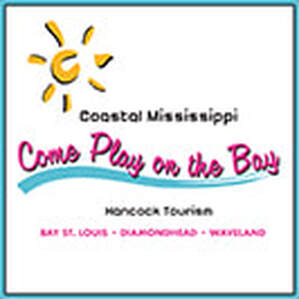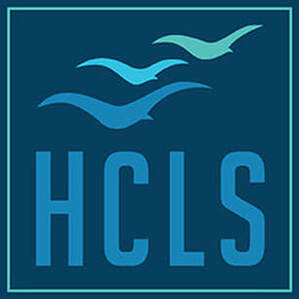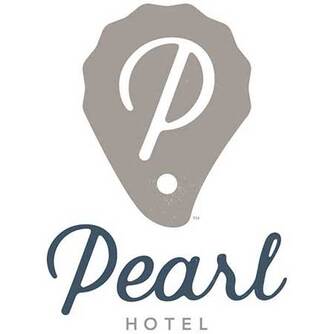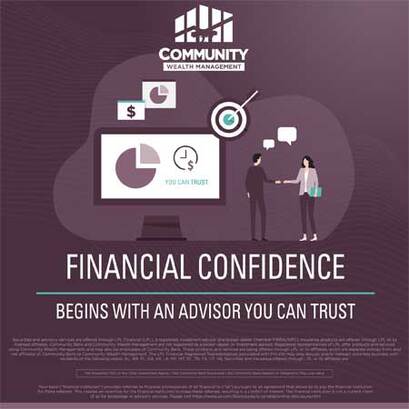What Am I Eating?
Cellulose in our cheese? Yep. And sometimes lots of it. There are more hidden additives in our foods than you might imagine. Find out what's REALLY what.
- story by Christina Richardson
It is great to get a tomato for my sandwich, but the tomatoes I buy not-in-local-season are not really very good. Come to think of it, the tomatoes in season are often picked green these days and bred to be good shippers as opposed to good tasting.
Without realizing it we have made the choice of eating what we want when we want it over eating what is in season and at the peak of flavor.
Another choice we often make is selecting what is most convenient and faster to prepare for a meal. In our search for convenience and time-saving we buy products that are already prepared for us. One of those items is grated or shredded cheese. We can buy a package ready to go instead of looking for the grater in the back of the drawer. It’s the same product, right? Let’s look at that. Some months ago media was reporting that the Federal Drug Administration (FDA) had been investigating the amount of cellulose and parmesan cheese in a company’s 100% parmesan cheese. The investigation started in 2012. Letters and final reports were issued in 2013 and 2014. Briefly stating what is in the report is that Castle Cheese had misbranded their products. The labels read Romano 100% Grated Cheese and 100% Grated Parmesan Cheese. The cheeses actually were made of different cheese products and/or imitation cheese products. The company was ordered to stop mislabeling and to reduce the amount of anti-caking ingredients. We consumers are not getting what we think we are getting. The media latched onto the reports that cellulose was added to the cheeses for anti-caking so there were some catchy headlines suggesting that that the Parmesan cheese in your pantry may contain unsafe levels of wood; however, cellulose is an approved additive that can come from any plants. The cellulose is removed from wood products and processed into power. Sawdust is only 30 percent cellulose so it is misleading to suggest that a tree was ground up and added to your Parmesan.
According to the FDA, the cellulose additive is safe and is routinely added to products to reduce caking. The Center for Dairy Research in Madison, Wisconsin says that the amount of cellulose added should not be more than 2 to 4 percent of the total product. Unfortunately many tested products contained more than 10 percent levels of cellulose.
Here is a wheel of the best parmesan — it is Parmigiano–Reggiano. There are some good American products that are not the same but that are less expensive. Cheese is easy to grate and nothing is better than the nutty, firm flavor of good Parmesan with crystals that burst as you bite down. If you buy a chunk of cheese you can grate it yourself and get what you paid for in flavor and value. To add to the challenge of choosing wisely for taste and price for cheese, you need to shop the right aisle. Quality varies. Parmesan in the deli section can be cut for you and will be fresher and more verifiable. Precut, packaged cheese in the dairy case is a choice if there is no deli choice. Forget anything on a shelf in the aisle. Cheese is a perishable product that needs refrigeration so a “shelf stable” product is the lowest product you can buy. The writer Larry Olmstead has a new book, “Real Food/Fake Food: Why You Don’t Know What You’re Eating and What You Can Do About It.” What he writes about is that many of the foods we think we are buying are cheap substitutes. According to Olmstead, we unwittingly consume fake champagne, mystery seafood, and fake extra virgin olive oil (according to experts 80-92 percent of extra virgin olive oil sold in the U.S. is not the real thing). I don’t like paying for something I am not getting. The FDA’s website is a great resource for looking at food and what additives are permitted, food recalls and other facts about FDA regulations. Food Safety News is an excellent site for updates. Currently there are advisories for our neighbors in Louisiana who were impacted by the flooding and how they should handle any food products in the house that got wet or were damaged by loss of power. And finally the government’s food safety site is has information on recalls, etc. To get what you think you are getting, buy as close to the source as possible. Buy your eggs, cheeses, and fish from local sustainable growers and markets that can show you countries of origin. Make a note of the foods you really like and research those first. I think you will find that you will be happy with the results. There is so much to cover when talking about food so next month I will be writing about the movement towards eco-farming, reducing antibiotic usage, and how a locally raised free range steer produces a hamburger that is better tasting and more filling. We spend a lot of money on food, so eating wisely is more important than ever. Eating for flavor, value, and truth in product labeling is tricky these days but is well worth the effort. Comments are closed.
|
Categories
All
Archives
April 2024
|
Shoofly Magazine Partners
Our Shoofly Partners are local businesses and organizations who share our mission to enrich community life in Bay St. Louis, Waveland, Diamondhead and Pass Christian. These are limited in number to maximize visibility. Email us now to become a Shoofly Partner!

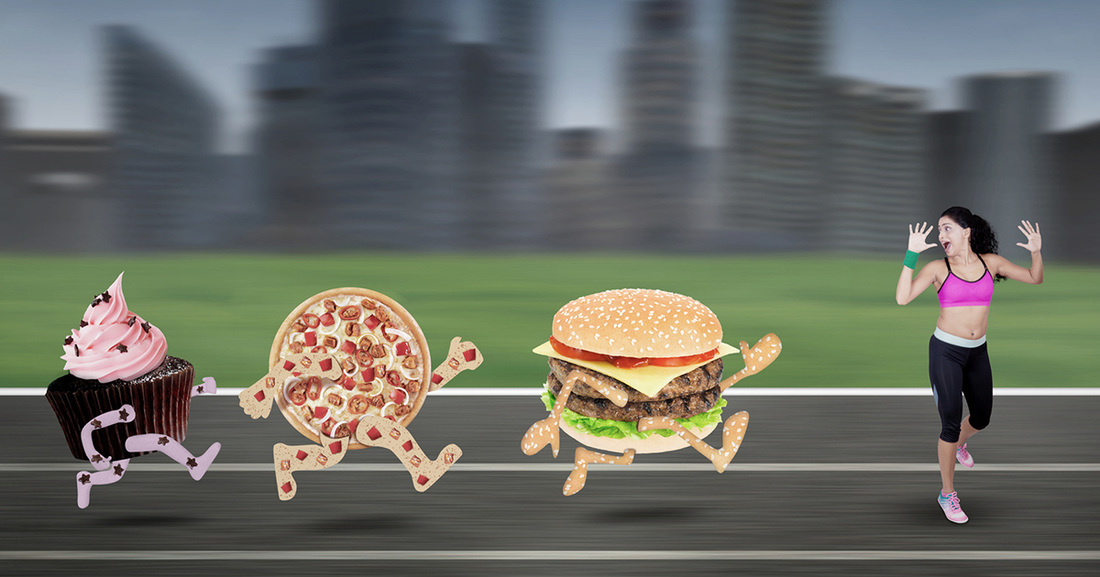

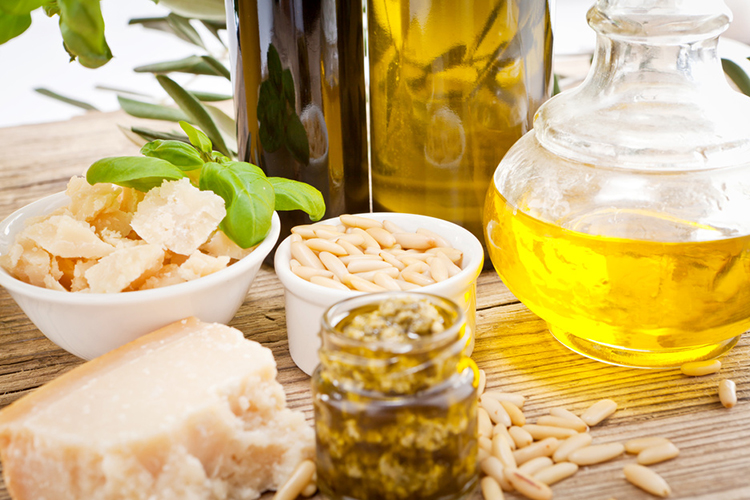
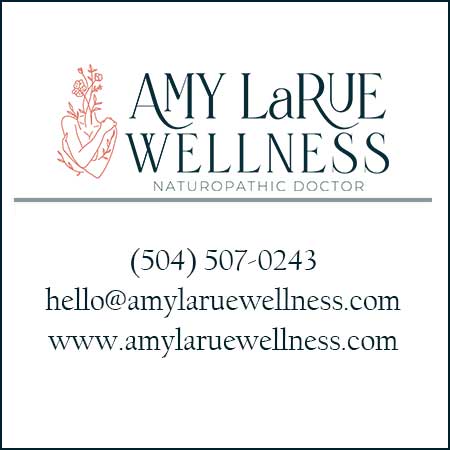

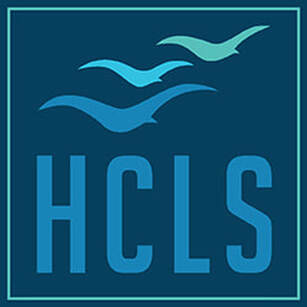

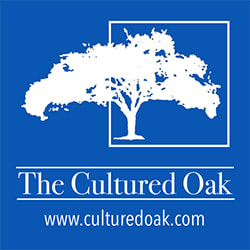


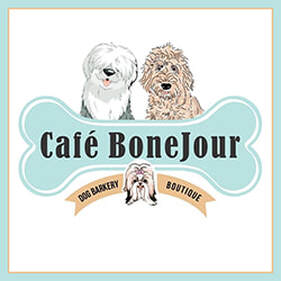
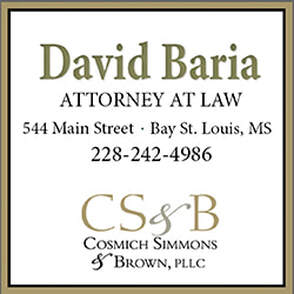

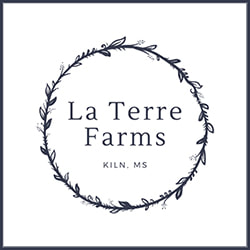


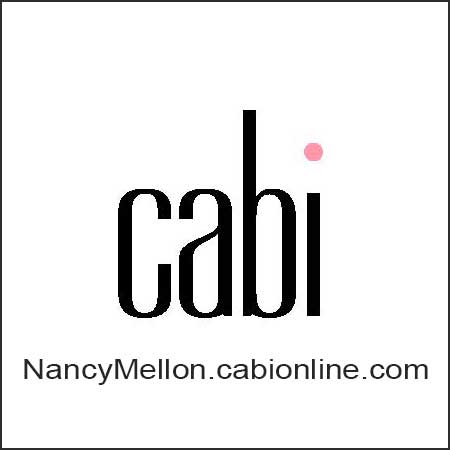
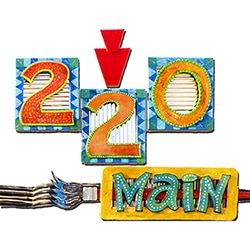

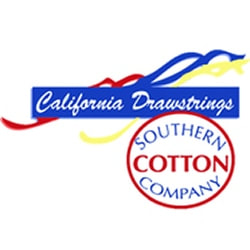
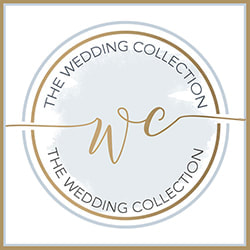
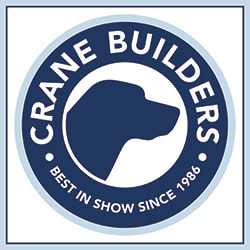
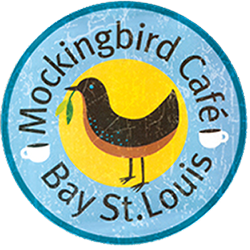
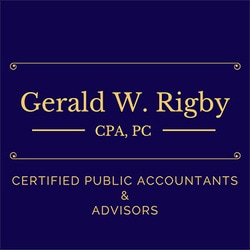
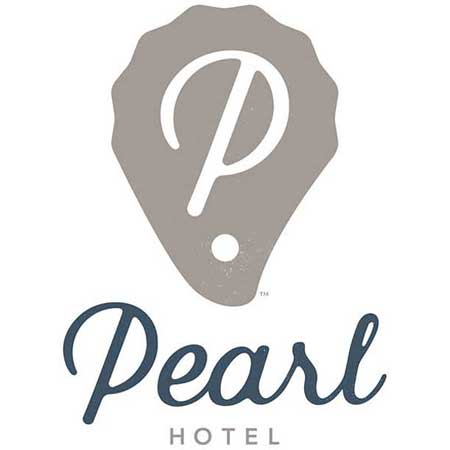

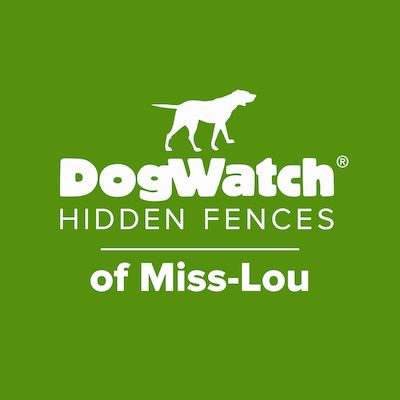
 RSS Feed
RSS Feed


